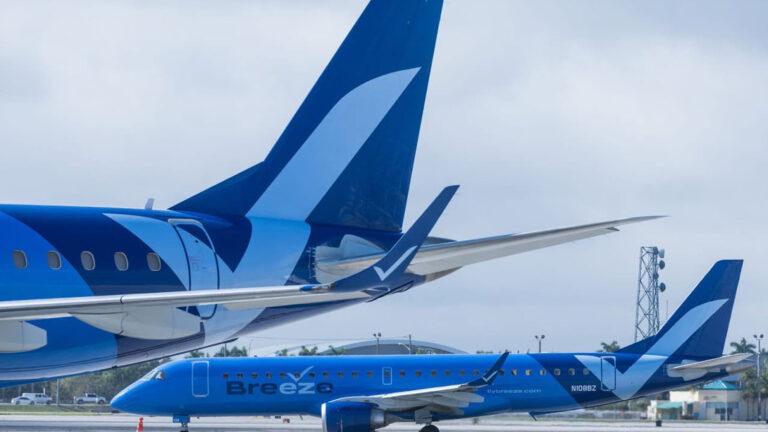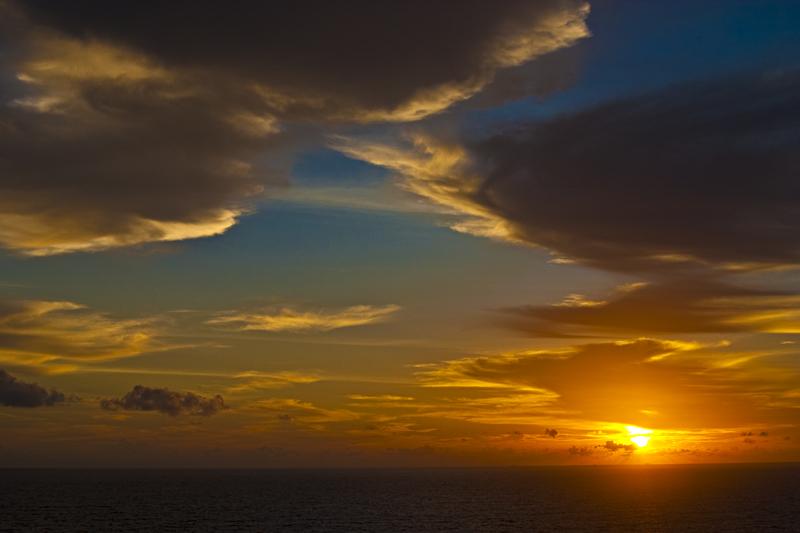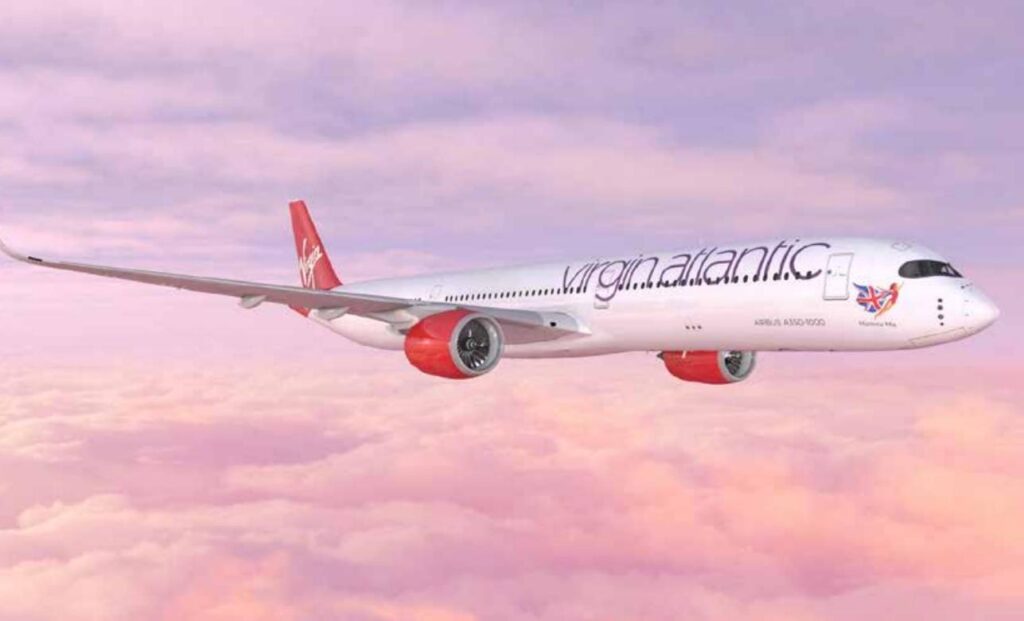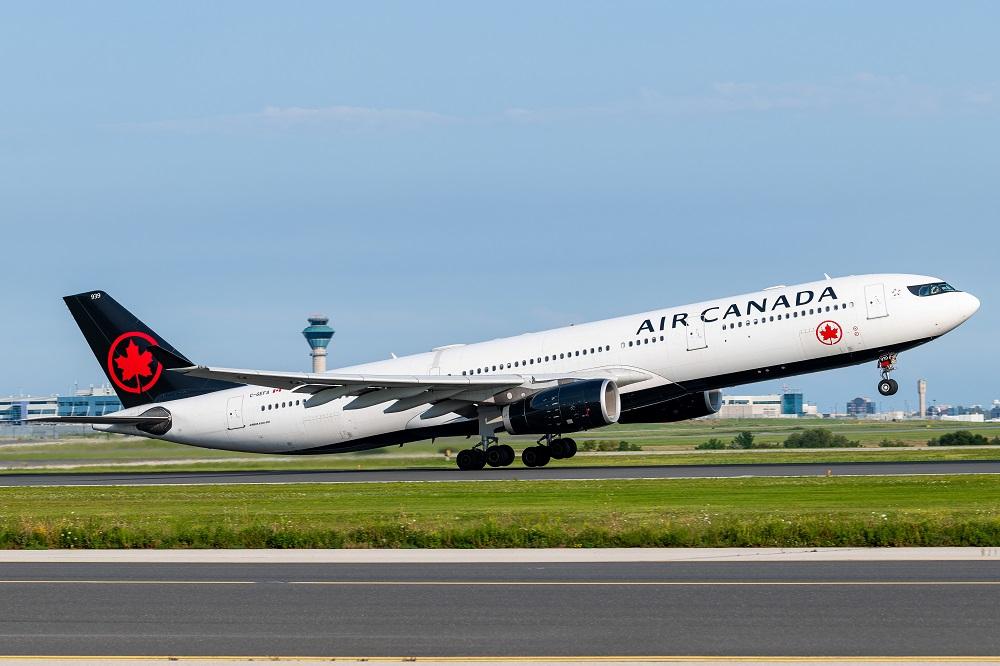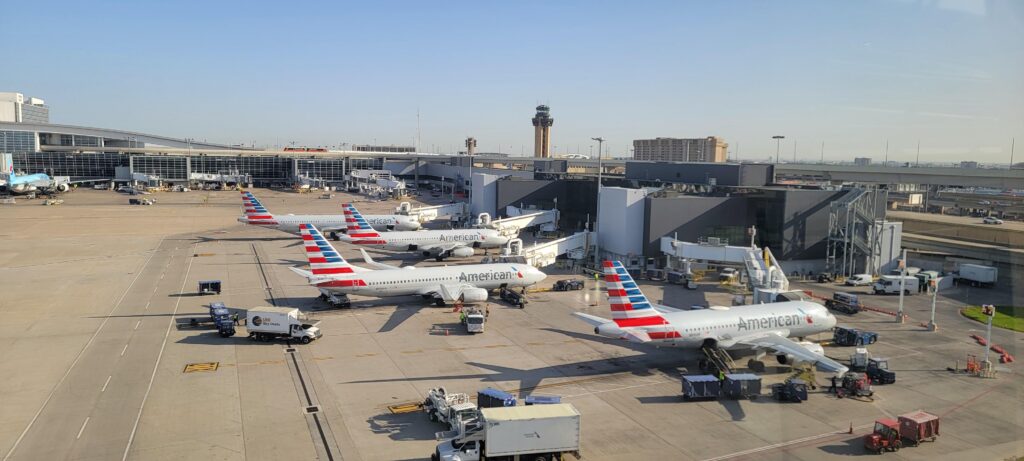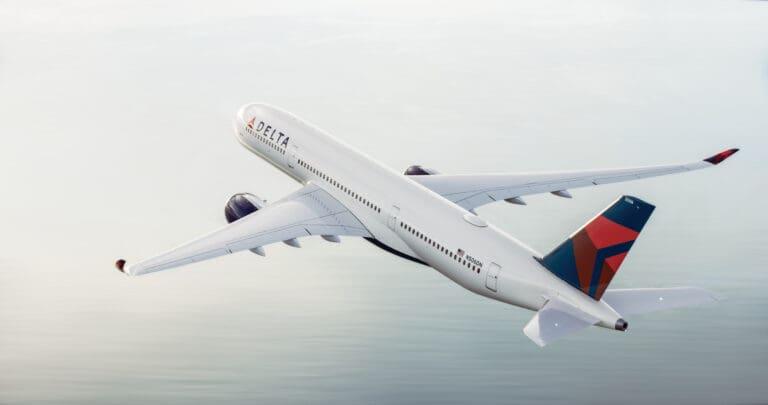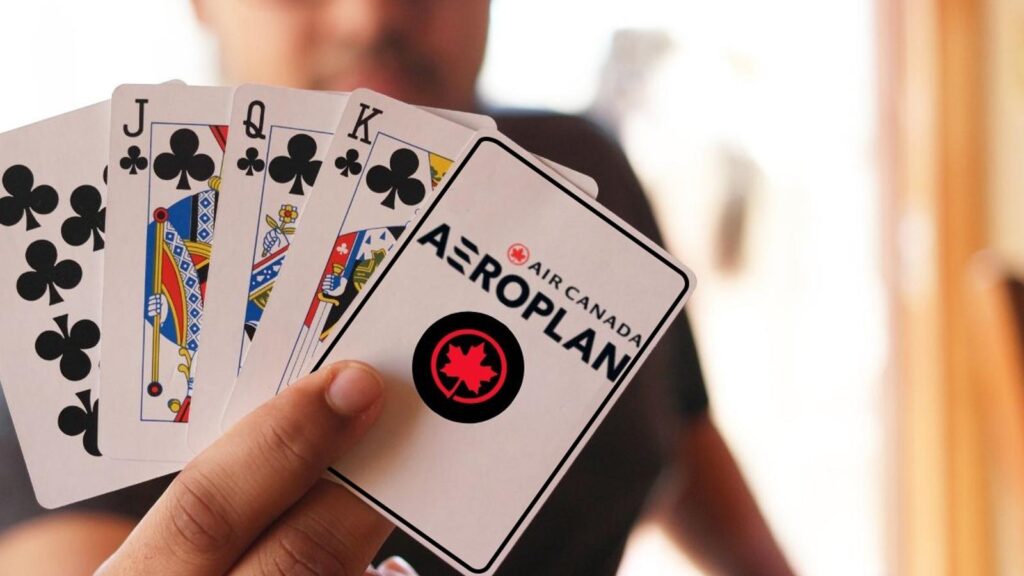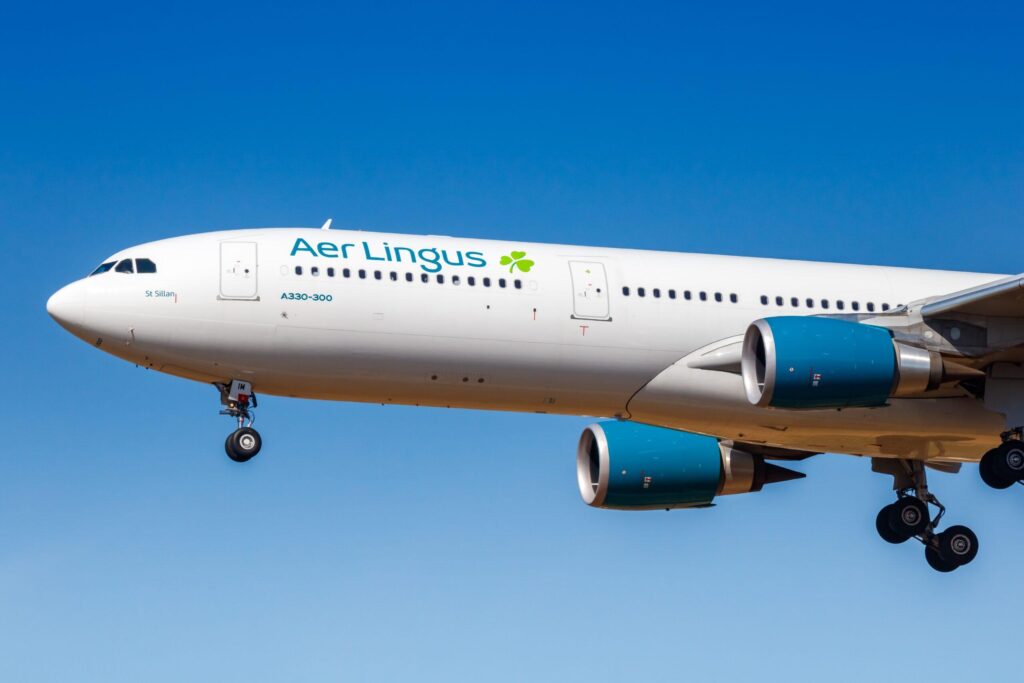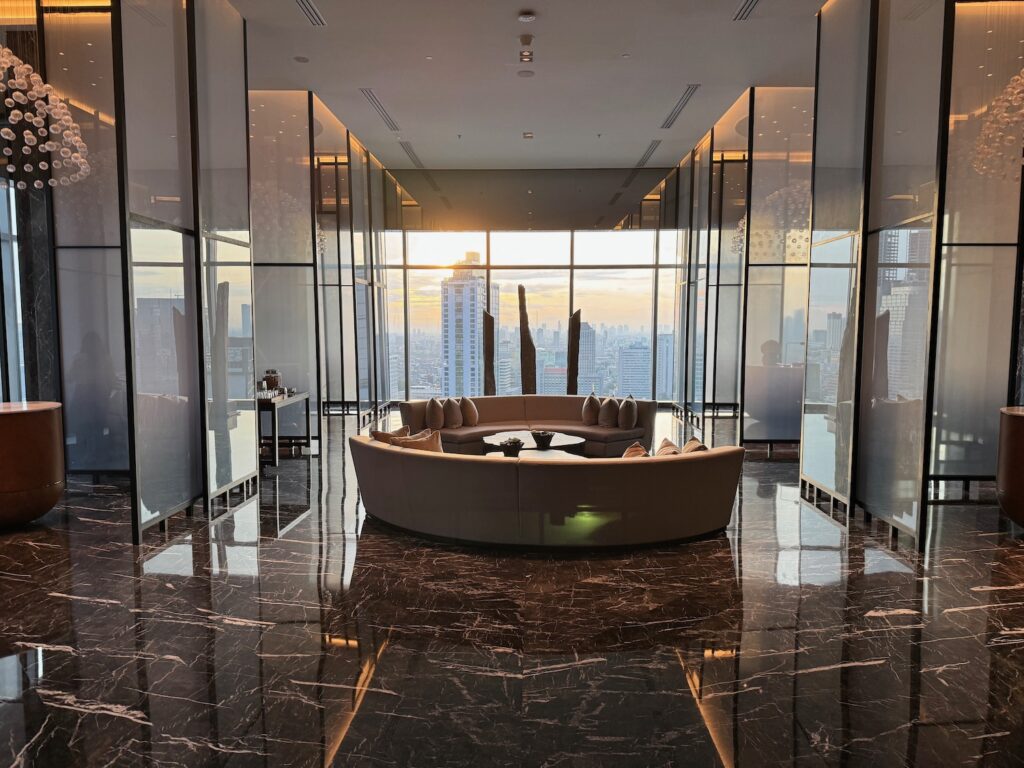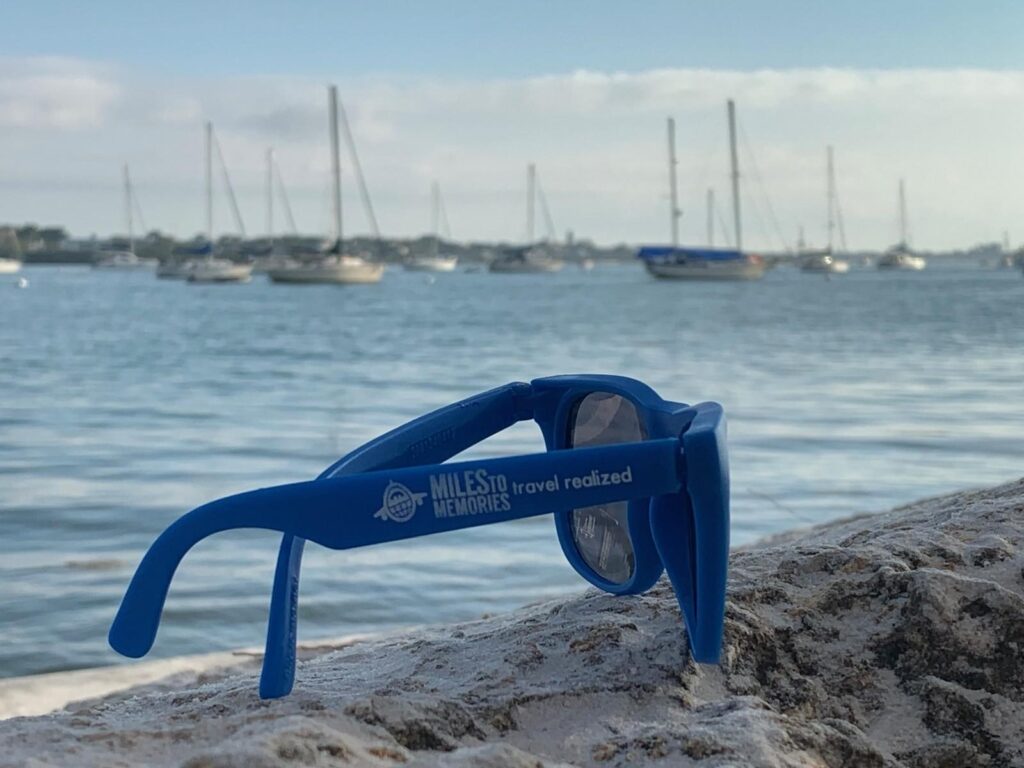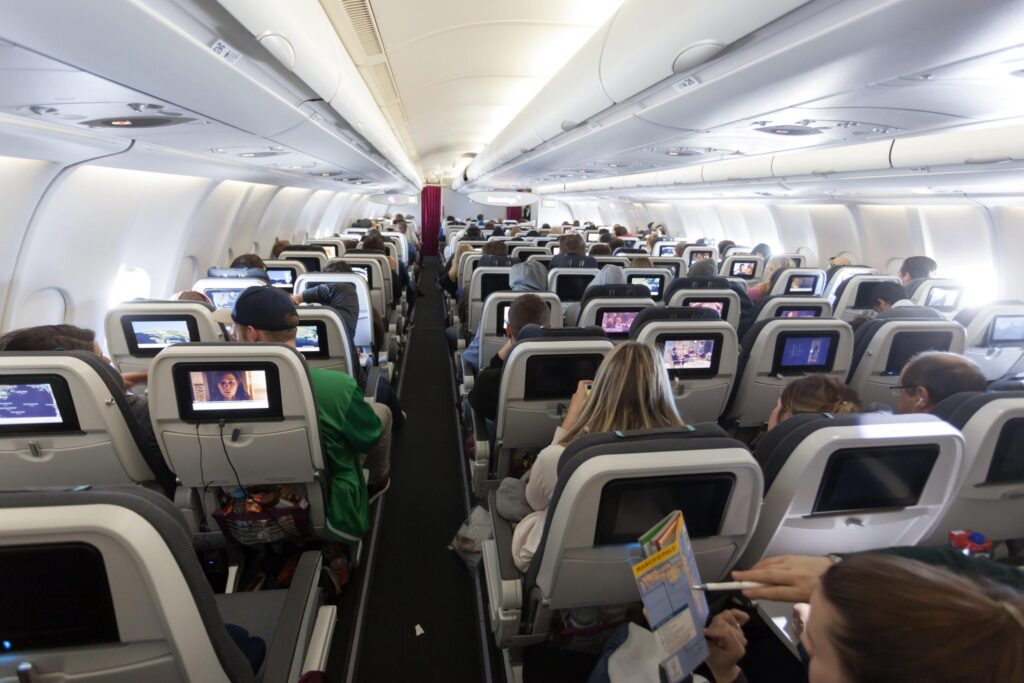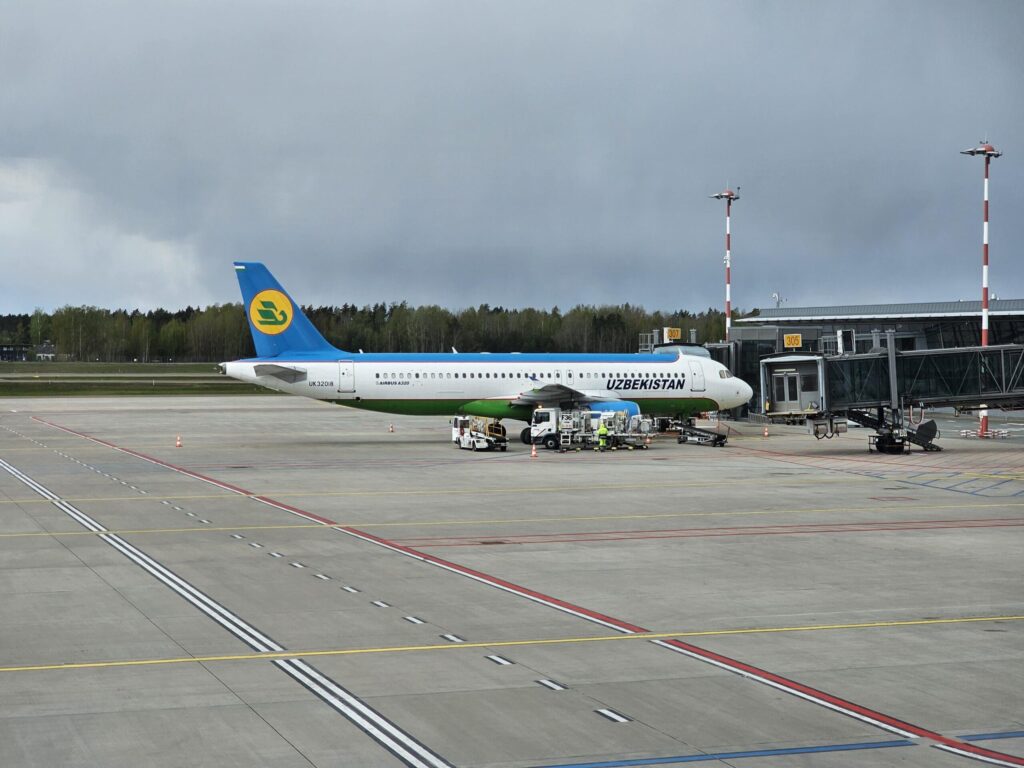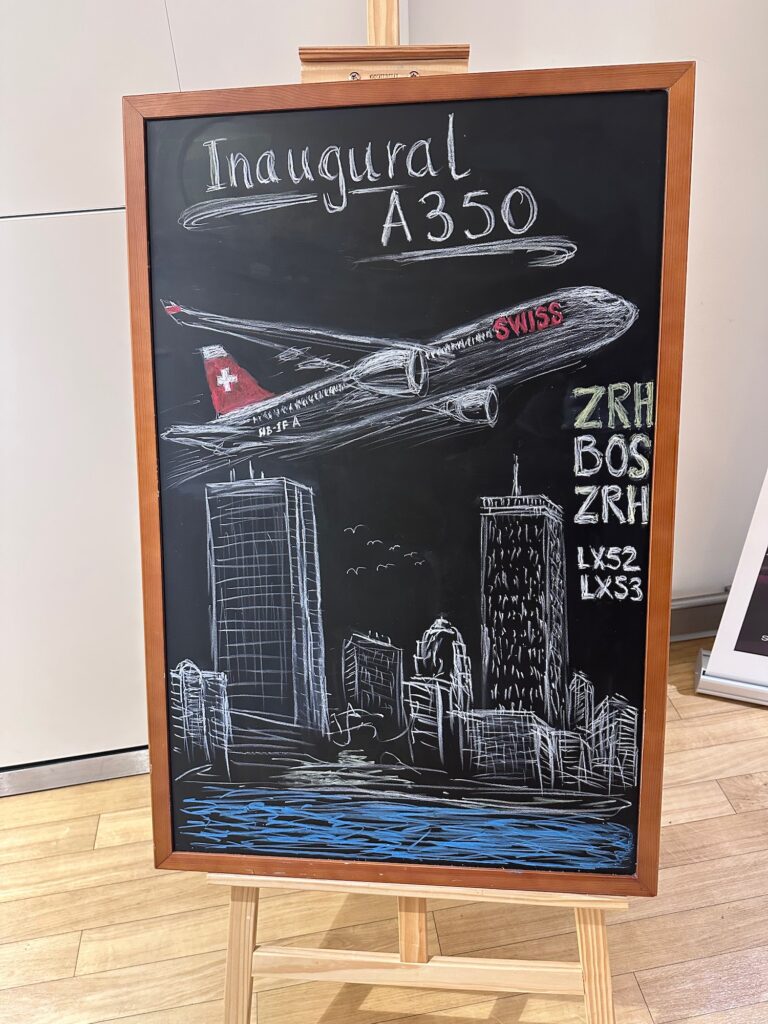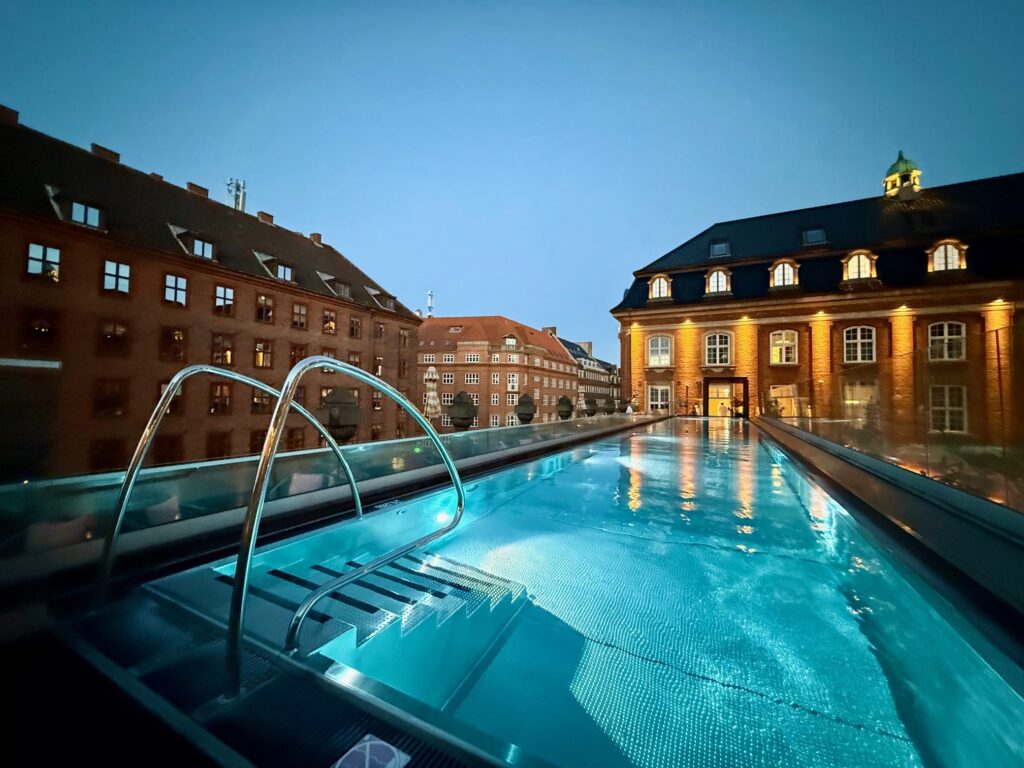
5 Surprising Ways Icon of the Seas Outshines the Titanic
Comparing Royal Caribbean‘s Icon of the Seas with the RMS Titanic never ceases to amaze me. These two vessels, separated by over a century of innovation, show how 2025 cruising bears only a passing resemblance to the early 1900s. The Titanic once set benchmarks for scale and luxury, but the Icon of the Seas pushes boundaries in ways that would have seemed impossible in 1912—especially for modern travelers eager to replace their frequent flyer habits with seafaring adventures.
1. Dramatic Difference in Size
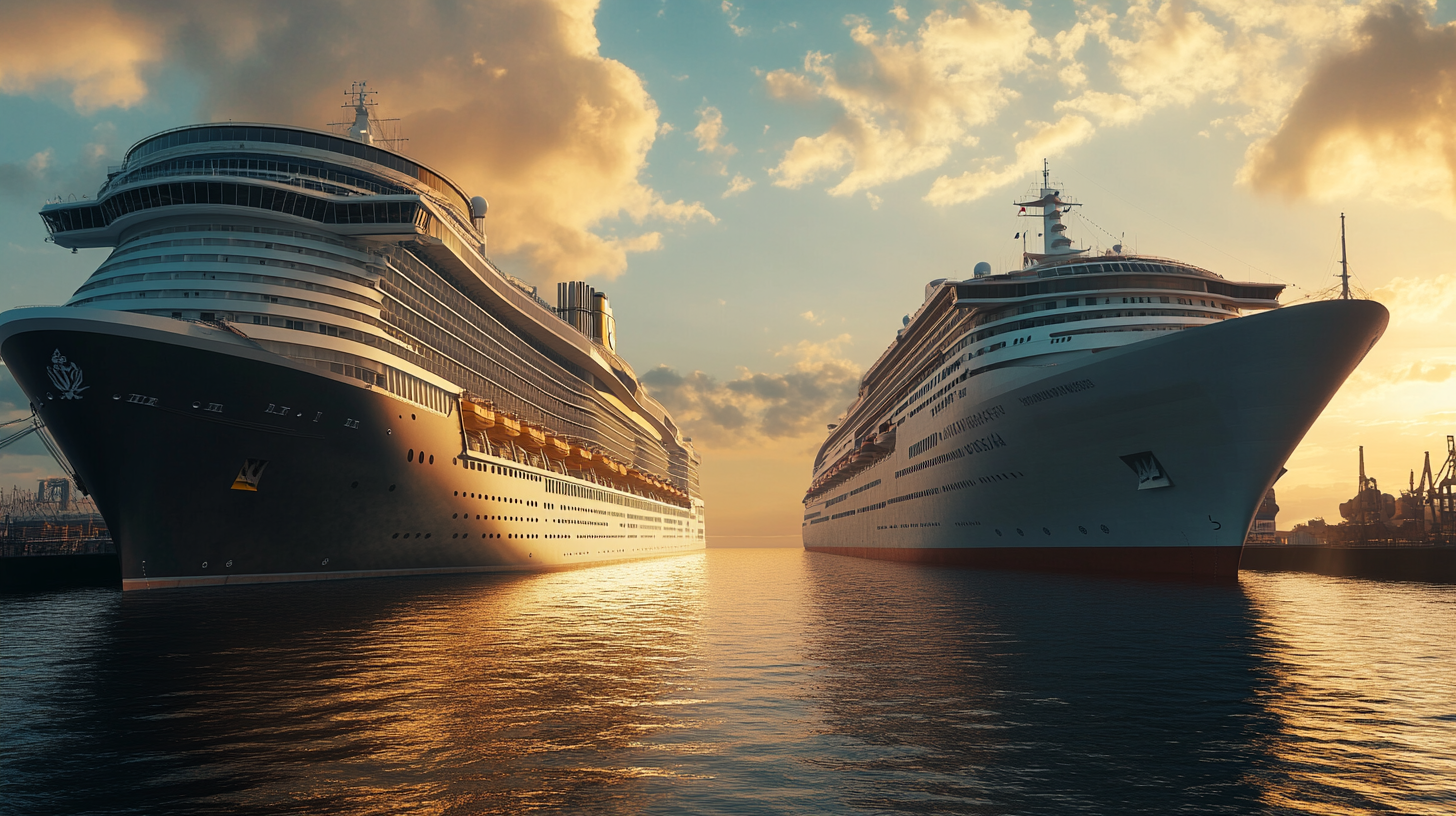
When I think about size, it’s more than just length—it’s all the ways ships utilize their space. The Icon of the Seas stands at an astonishing 250,800 gross tons, dwarfing the Titanic’s 46,328 gross tons. For perspective, the Titanic was nearly 882 feet long, yet the Icon stretches to about 1,198 feet. This wasn’t achieved overnight; in fact, a 2024 maritime engineering report cited breakthroughs in hull design as a major reason why modern ships have been able to soar in gross tonnage without sacrificing stability.
From my own travels, I’ve observed that bigger ships allow for more diverse onboard experiences. You can have entire “neighborhoods” on a single vessel—a concept that would have been inconceivable in Titanic’s era. In practical terms, this means more dining venues, more entertainment options, and more chances for everyone to find their own corner of paradise on the high seas.
A ship’s sheer dimensions also demand cutting-edge technology. According to industry data, today’s superliners rely on sophisticated computer systems to manage power distribution, engine performance, and even wave-resistance analytics. It’s thrilling to see how these advancements make a modern behemoth feel just as smooth as a smaller ship from decades past.
2. Modern Amenities for the Whole Family
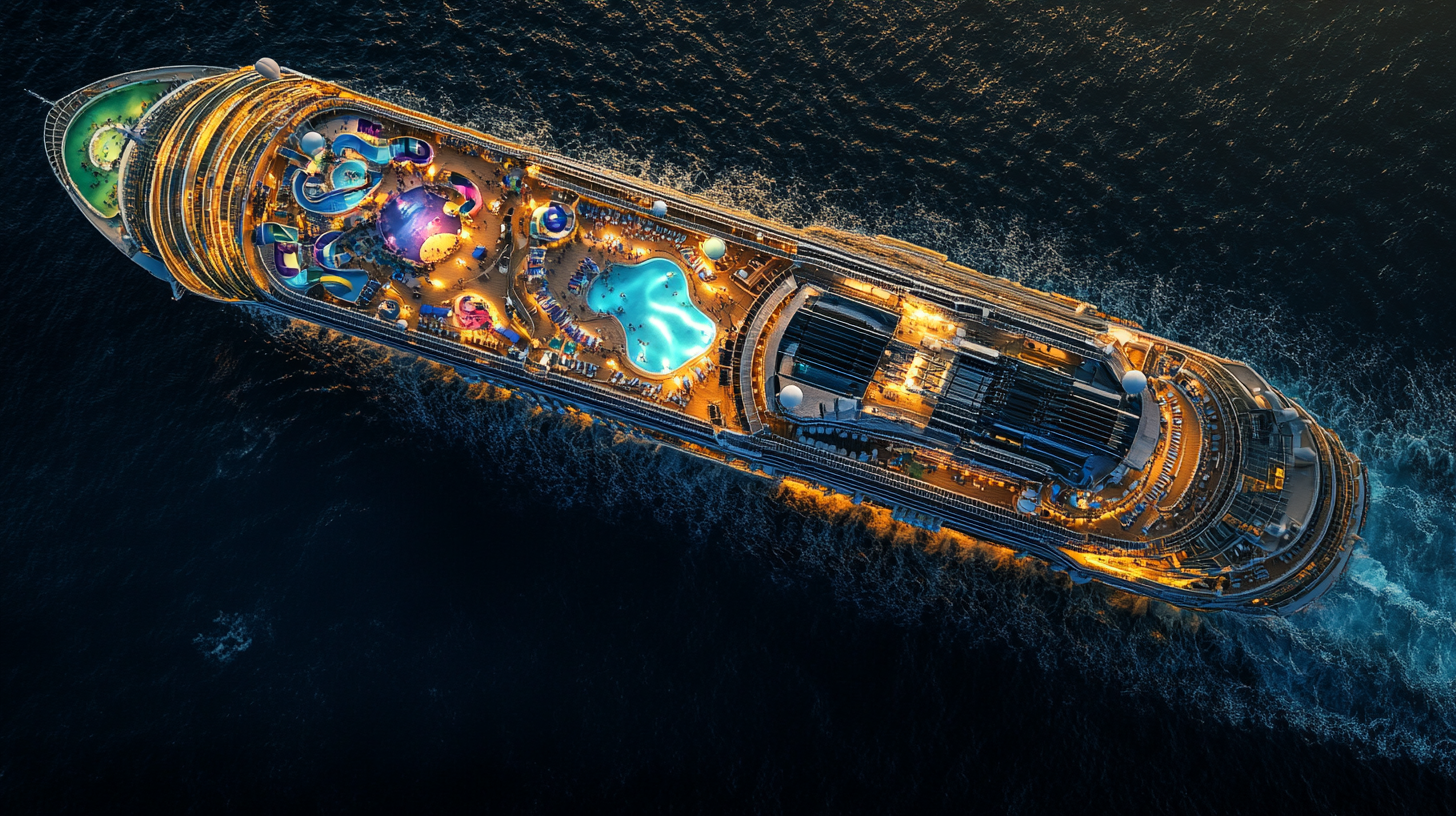
The Titanic catered to a very segmented audience, reflecting the social stratification of its time. First-class dining rooms were lavishly decorated, but second and third classes had notably different—and less indulgent—experiences. By contrast, the Icon of the Seas embodies a more inclusive philosophy. On any given trip, you’ll find guests of all ages zipping down water slides, attending Broadway-style shows, or sampling global cuisine across more than 20 dining spots.
In my observation, families have come to expect modern amusements like rock climbing walls, surf simulators, and sprawling kids’ clubs that cater to younger travelers. A recent travel study even showed that multi-generational trips are on the rise, with grandparents, parents, and children sharing family travel experiences. So, being able to accommodate each group’s interests is a huge advantage. Cruise ships like the Icon of the Seas are practically floating resorts—something that would likely have stunned even the most forward-thinking shipbuilders of 1912.
These varied amenities also appeal to frequent flyers who primarily see travel as a means to get from point A to point B. Cruising flips that logic upside down, turning a journey into the destination itself. It’s not just about crossing an ocean—it’s about discovering how many ways you can have fun along the way.
3. Breakthroughs in Safety and Technology
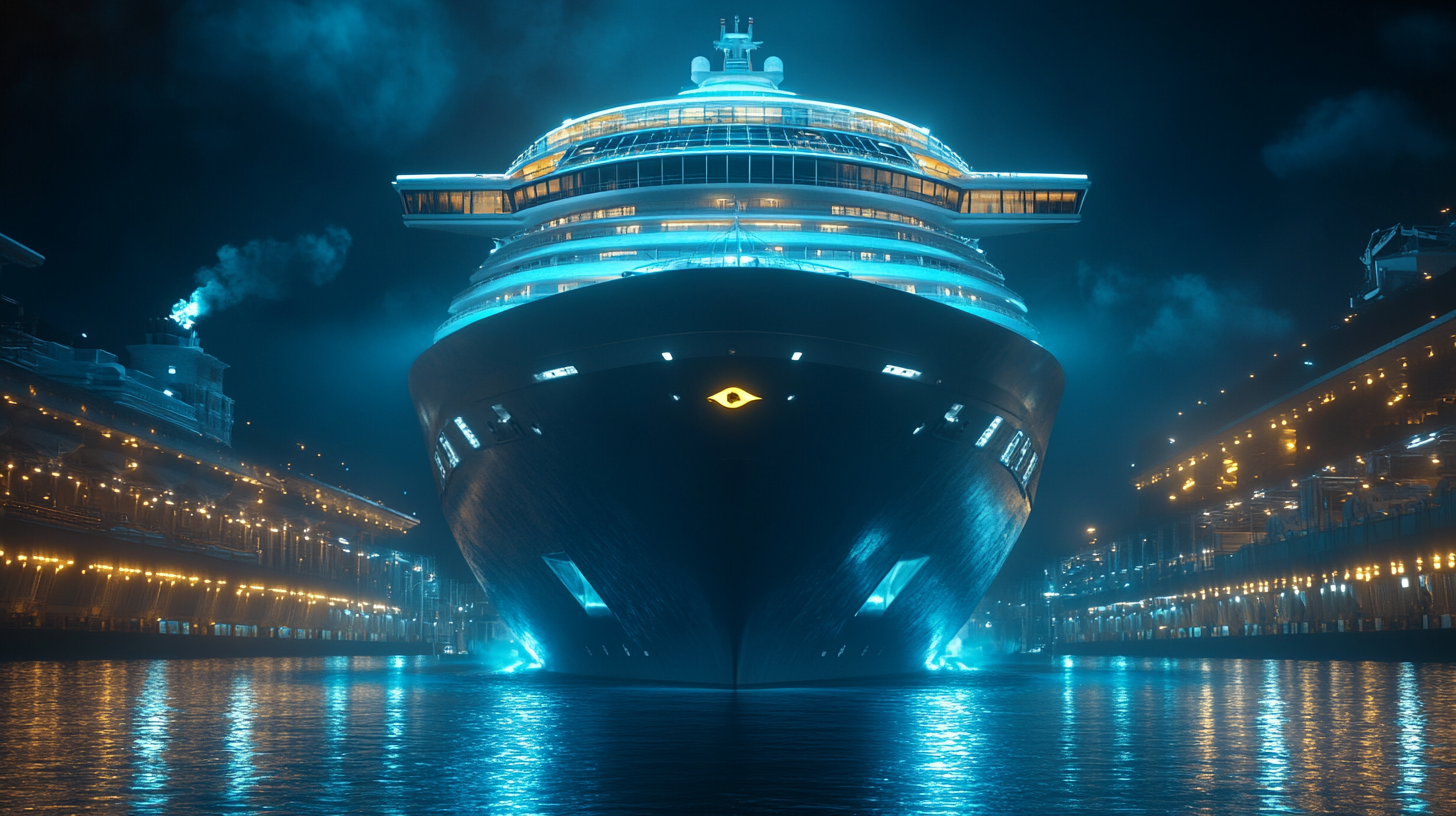
Back in 1912, the Titanic was touted as “unsinkable.” With hindsight, we know that was an overly optimistic stance. Modern cruise lines, by contrast, put a premium on layered safety systems and consistent drills for both passengers and crew. From advanced lifeboats to digital navigation tools, the Icon of the Seas showcases how maritime engineering has made leaps that would have been unimaginable a century ago.
Today, satellite-based communication and real-time weather tracking ensure that captains can bypass rough seas or storms well in advance. I’ve toured a few ships’ bridge areas, and the technology is akin to stepping into a high-end flight deck. According to a 2023 safety briefing by the International Maritime Organization, large cruise liners now adopt dual-engine designs, fire-retardant materials, and enhanced hull integrity checks, all aimed at minimizing risk.
This emphasis on preventive measures resonates with my travel experiences. I’ve always appreciated feeling secure while at sea, knowing that the vessel’s systems and crew training are on par with—if not more advanced than—aviation standards. It’s one reason cruising continues to grow in popularity, especially among travelers used to the strict safety regulations of modern air travel.
4. Focus on Leisure Travel
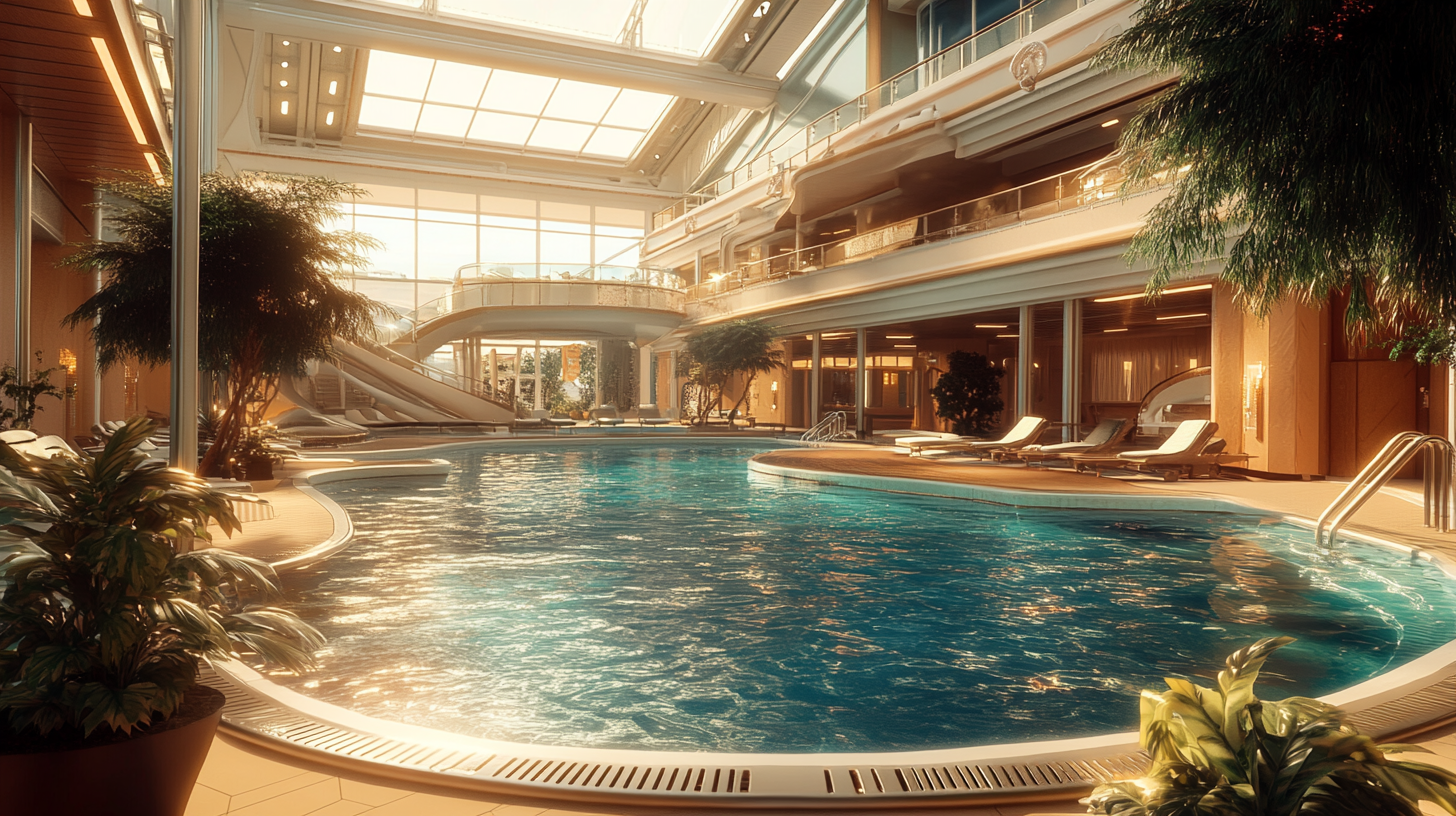
When the Titanic sailed, its primary goal was to ferry people across the Atlantic as quickly and comfortably as possible. That model of transatlantic transport, with distinct first, second, and third classes, is a far cry from what I see on the Icon of the Seas. Now, it’s all about turning the ship itself into the ultimate getaway—akin to a theme park and luxury hotel combined.
In my own travels, I’ve noticed how far lines have come to prioritize everyone’s enjoyment. Whether you’re a solo adventurer eager for spa treatments or a group seeking nightly entertainment, these mega-ships offer it all. Rather than compartmentalizing travelers based on ticket class, modern cruising merges comfort and fun into a single experience. A recent study suggests that the majority of cruisers in 2025 expect immersive experiences, from cutting-edge performance tech in live shows to virtual-reality gaming lounges.
This shift is much like the evolution of airline cabins—where once only a privileged few flew in first class, now a broad range of seating options and cabin features cater to diverse budgets. Some lines even partner with wellness or lifestyle brands, turning each cruise into a curated event. It’s no wonder many frequent flyers are branching out, given that cruise lines can provide an entirely new dimension of travel fun.
5. Passenger Capacity
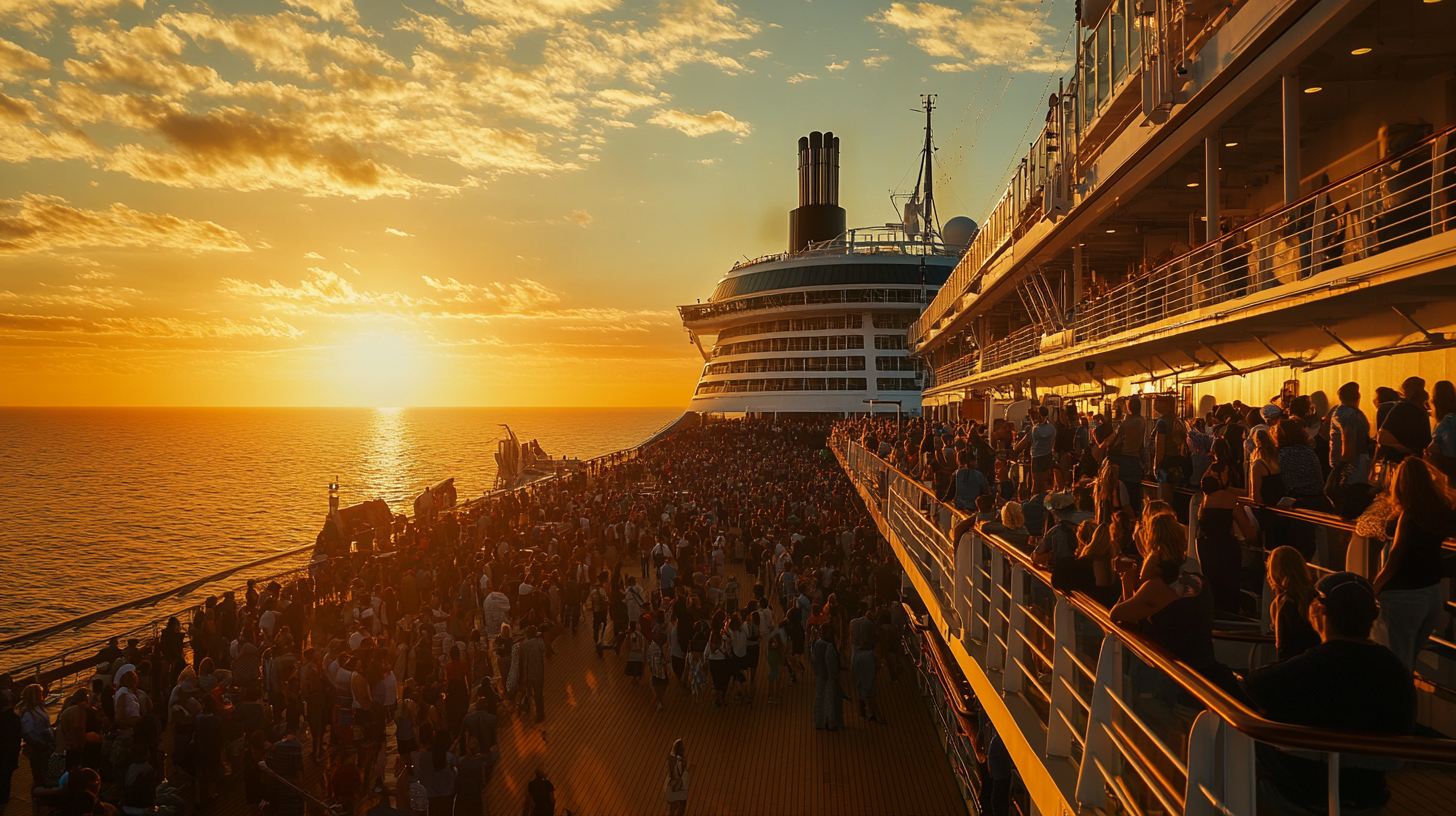
Capacity isn’t just a size statistic; it’s a reflection of how cruising has scaled up for the masses. The Titanic could hold around 2,453 passengers, plus crew, which was massive for its time. Today, the Icon of the Seas can host over 7,600 passengers and nearly 9,950 total guests and crew combined, according to the ship’s official specifications.
When you add so many people into a single floating community, you need robust infrastructure—more galleys to feed everyone, more medical facilities, and more housekeeping services. In my opinion, modern ports also play a huge role; they’re designed to quickly and efficiently process thousands of passengers in a matter of hours. This has made cruising a more accessible option for travelers who might have once thought large crowds and complex logistics would ruin the experience.
In reality, the scale of these vessels is part of their charm. It’s a testament to how far shipbuilding has progressed, mirroring advances in air travel where jumbo jets now circle the globe. The ability to cater to such a broad audience only underscores cruising’s transformation from a niche form of travel into a global phenomenon.
Final Thoughts
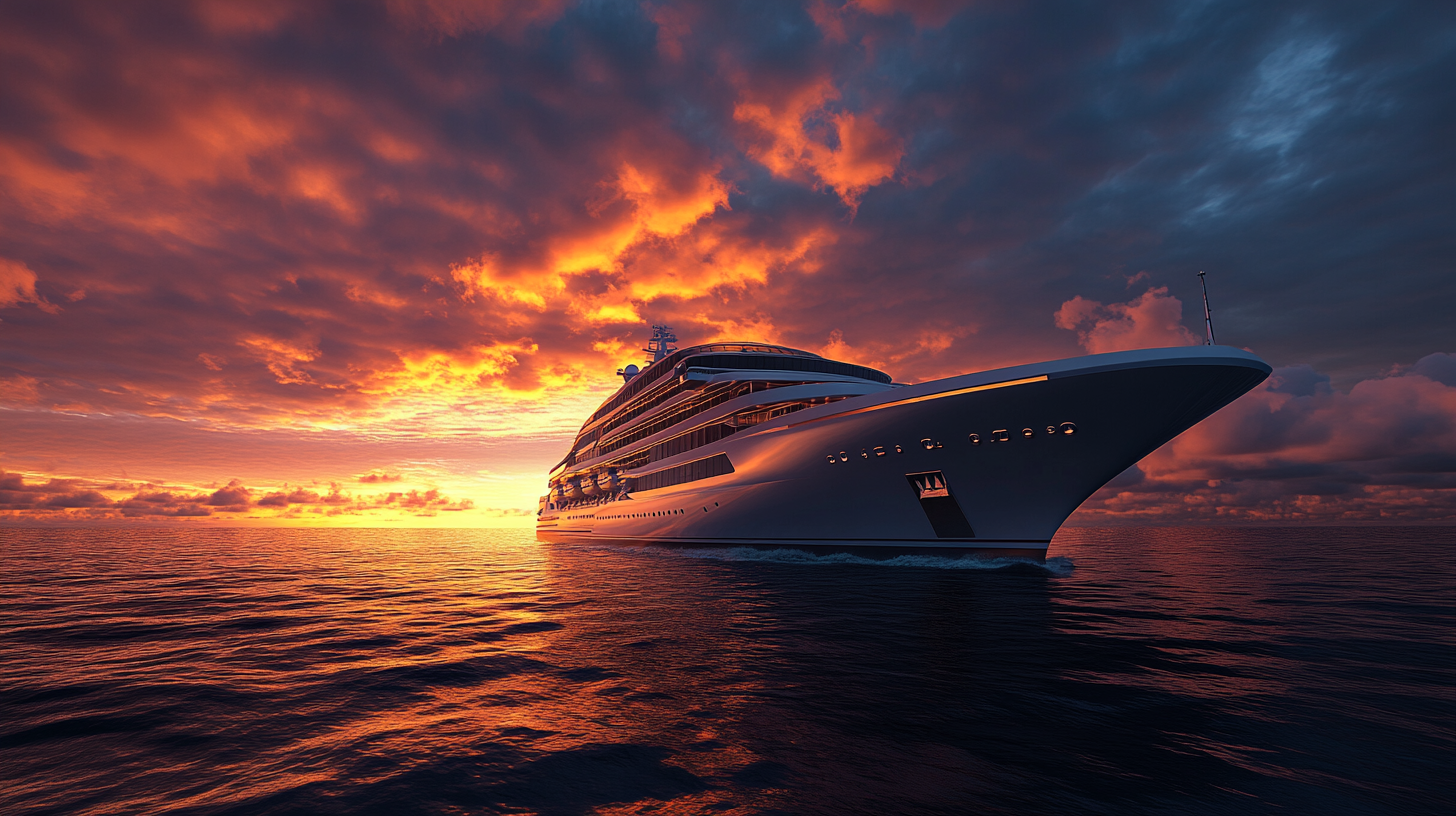
It’s fascinating to see how an early 20th-century marvel like the Titanic has become a stepping stone for today’s spectacular cruise ships. Everything from engineering to hospitality has evolved, and the Icon of the Seas is an unmistakable symbol of how leisure travel can keep pushing boundaries. In 2025, we have technology that the Titanic’s designers could never have imagined, yet the spirit of exploration and excitement remains.
While the Titanic will always hold a special place in maritime history, it’s clear that modern vessels excel in offering something for everyone. If you ask me, it’s the range of amenities, safety features, and sheer expansiveness that truly stand out. We’ve come a long way from “unsinkable” to “everything onboard”—and I can’t wait to see what the next generation of cruise ships will bring.
Brad Lightall’s Take
From my perspective, these two ships aren’t just separated by time; they represent a shift in how we approach travel itself. Once upon a time, the journey was about getting from point to point. Now, the journey is the reason to go.
I’ve personally embraced cruising as one of the most exciting ways to see the world without losing the comforts and joys of top-tier entertainment. Every time I step on a ship like the Icon of the Seas, I’m reminded that, as far as we’ve come since Titanic, we’re still charting new territory every day.
BoardingArea is here to keep you connected to all things travel, wherever your wanderlust takes you.
- To get a better understanding of how Royal Caribbean’s fleet stacks up, check out Royal Caribbean Ships by Size: A Comprehensive Guide for all the details.
- If you’re dreaming of your next ocean adventure, be sure to read Cruise Planning in 2025: Embark on Unforgettable Voyages for some exciting travel inspiration.
- Discover how Royal Caribbean’s fleet has evolved over the years by diving into Royal Caribbean Ships by Age: Exploring the Evolution of the Fleet.
- For families looking to set sail, don’t miss Best Cruise Ships for Kids: A Comprehensive Guide to Family-Friendly Cruising to find out which ships offer the best experiences for kids.
- Make sure your next family cruise is unforgettable by exploring Best Royal Caribbean Ships for Kids: A Comprehensive Guide for Families to see which Royal Caribbean ships cater best to children.

